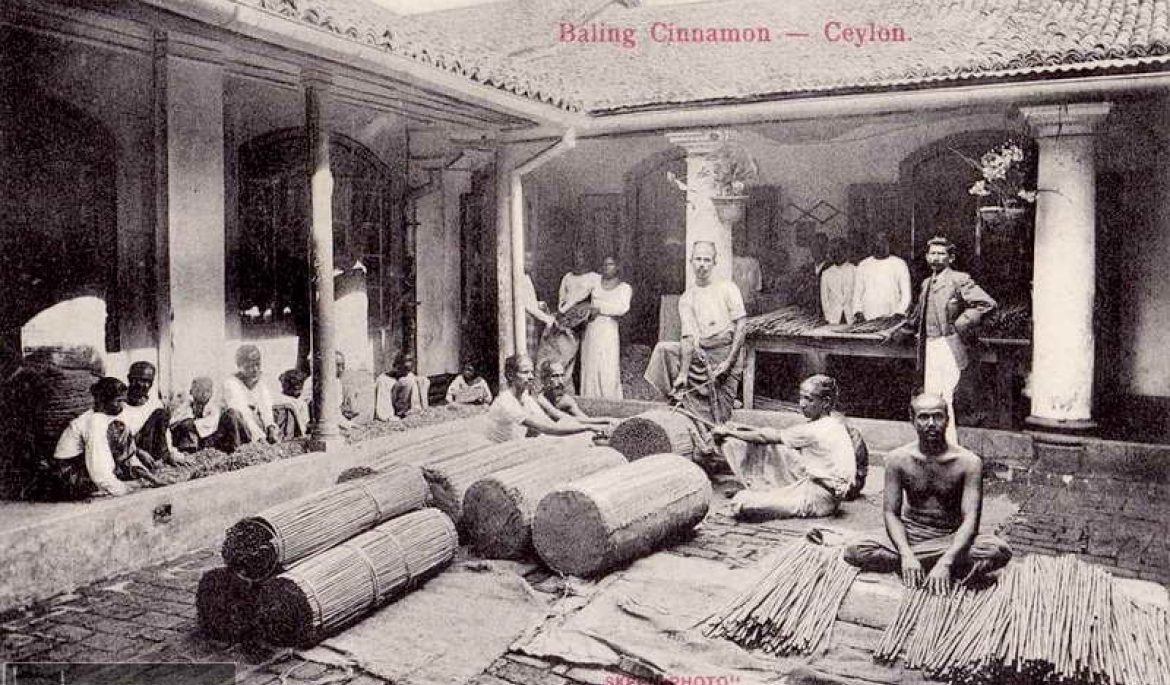Business Centre,Sharjah Publishing City Free Zone, Sharjah, United Arab Emirates


Cinnamon, derived from the dried bark of the laurel tree, has been valued since ancient times. This remarkable spice was widely used in Egypt, Rome, and China. While it originates from Sri Lanka, various species of laurel can produce cinnamon. The most authentic variety, historically known as C. zeylanicum, was highly prized, though today, most commercial cinnamon comes from the C. cassia tree.
References to cinnamon date back as far as 2800 BC in Chinese texts, where it was called *kwai*. It was commonly used to treat colds, flu, and digestive issues. Renowned historical figures such as Pliny, Dioscorides, and Theophrastus also documented its medicinal properties, solidifying its status as a vital healing spice.
Cinnamon even holds significance in religious and cultural history. It is mentioned in the Bible, where Moses included it as a key ingredient in his sacred anointing oils. The Romans burned it at funerals, possibly to mask unpleasant odors, while ancient Egyptians used it in mummification due to its fragrance and preservative properties.
Despite its common use today, cinnamon was once an incredibly rare and expensive commodity. In fact, the pursuit of this valuable spice played a significant role in global exploration during the 15th century. Portuguese explorers navigated the treacherous waters around Africa, and Columbus embarked on his westward journey, partly motivated by the lucrative spice trade. With high maritime costs and Venetian dominance over land routes, cinnamon remained a luxury reserved for the wealthy for many centuries.
Discover what our customers are saying about their experiences with us – genuine reviews that speak volumes!